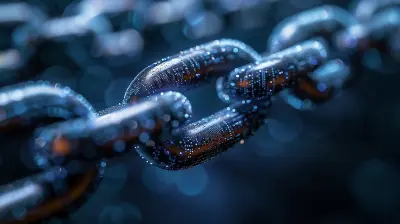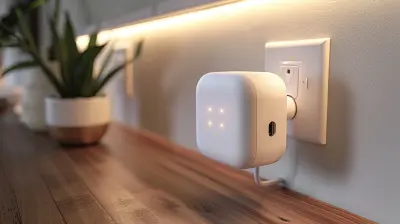Wireless Charging: The Next Frontier in Battery Innovation
25 June 2025
Have you ever felt the frustration of untangling a mess of charging cables, only to realize the one you're looking for is nowhere to be found? Or perhaps you've experienced that heart-stopping moment when you realize your phone’s battery is about to die, and you're scrambling to find an outlet. If this sounds familiar, you're not alone. In today’s world, we rely on our gadgets more than ever, and keeping them charged has become essential to our daily lives.
But what if I told you that the days of tangled cords and frantic outlet searches might soon be behind us? Enter wireless charging—the next frontier in battery innovation. This game-changing technology is steadily gaining traction, and it offers more than just convenience. It’s a glimpse into the future of how we interact with our tech.
In this article, we’ll dive into the world of wireless charging, exploring how it works, its benefits, the challenges it faces, and where it's headed. So, let’s cut the cord and get started!
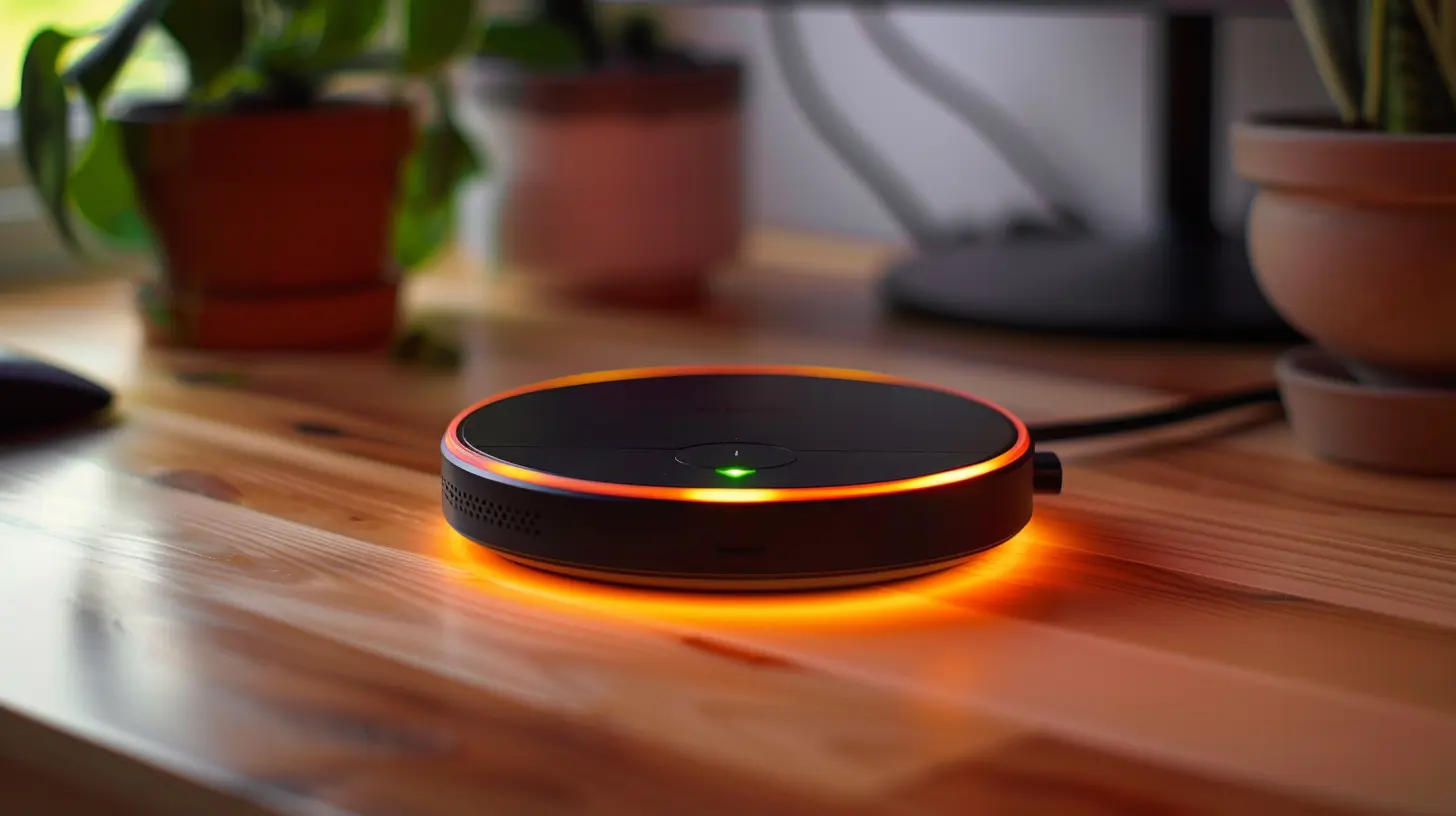
What is Wireless Charging?
At its core, wireless charging is exactly what it sounds like: powering up your devices without plugging them into a traditional cable. Instead, energy is transferred wirelessly from a charging pad or station to a device, like your smartphone or smartwatch.But how does this magic happen? It's not as mystical as it sounds. The secret lies in a principle called electromagnetic induction. This technology has been around for over a century but has been refined and adapted for modern-day use in consumer electronics.
A Quick Dive into Electromagnetic Induction
You don't need to be a physics whiz to grasp the basics. In simple terms, wireless charging works through the following process:1. A charging pad contains a coil that generates an electromagnetic field when powered.
2. Your device, which is equipped with a receiving coil, is placed on the pad.
3. The electromagnetic field induces a current in your device’s coil, which is then converted into usable energy to charge the battery.
Pretty cool, right? The beauty of this system is that there’s no need for direct contact—just close proximity. This is why you can simply place your phone on a charging pad, and voilà, it starts charging.
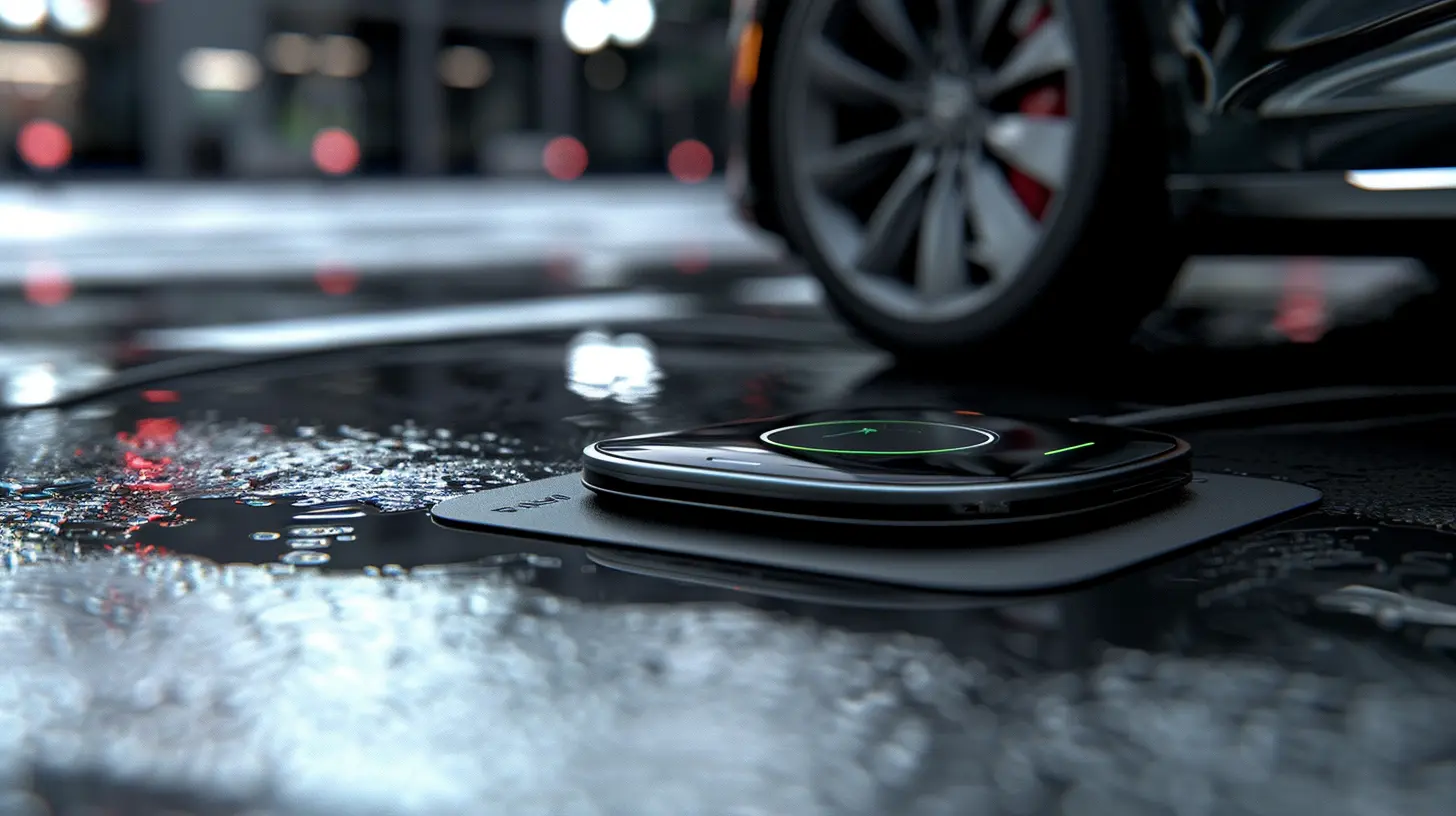
The Evolution of Wireless Charging
Wireless charging isn’t exactly new. In fact, the first commercial use of wireless charging can be traced back to toothbrushes in the 1990s. Yep, that’s right—electric toothbrushes were among the pioneers of this technology. Since then, things have come a long way.In 2009, the Wireless Power Consortium introduced the Qi (pronounced "chee") standard, which became the most widely adopted wireless charging standard globally. Today, most modern smartphones, including those from Apple and Samsung, support Qi wireless charging.
But don’t think wireless charging is limited to phones and toothbrushes. It’s now being used in everything from laptops to electric vehicles (EVs). The technology is evolving quickly, and it’s poised to revolutionize how we power everything from our gadgets to our homes.

The Benefits of Wireless Charging
So, why all the hype? Is wireless charging just a fancy gimmick, or are there real benefits to ditching the cables? Let’s break it down.1. Convenience at Its Best
One of the most obvious perks of wireless charging is the sheer convenience. No more fiddling with cords or worrying about finding the right cable for your device. You simply place your device on a charging pad, and it starts charging. This is especially handy for people who are always on the go or in a rush.Imagine walking into a café, and instead of searching for an outlet, you just drop your phone on a wireless charging table. No more carrying around a tangled mess of chargers and cables. It’s a small but significant change that makes life just a bit easier.
2. Less Wear and Tear on Devices
If you’ve ever had a charging cable fray or break, you know how frustrating it can be. Constantly plugging and unplugging cables can cause wear and tear on both the cable and the charging port. Over time, this can lead to damage that requires costly repairs.Wireless charging eliminates this issue by removing the physical connection. Your phone’s charging port remains untouched, reducing the risk of damage and extending the life of both your device and your accessories.
3. Safety First
Wireless charging systems are designed with safety in mind. Most wireless chargers have built-in features like overheating protection and foreign object detection, which can prevent accidents. Since there’s no exposed metal or prongs, the risk of electric shocks is also minimized.Additionally, wireless charging is often more efficient when it comes to reducing energy waste. Traditional chargers can continue to draw power even when your device is fully charged, but many wireless chargers automatically shut off once charging is complete.
4. Cleaner, Minimalist Aesthetic
Let’s face it—charging cables can be an eyesore. Whether it’s your nightstand, workspace, or living room, cables tend to clutter up our spaces. A wireless charging setup can help create a cleaner, more minimalist look. It’s one small step toward a more organized and aesthetically pleasing environment.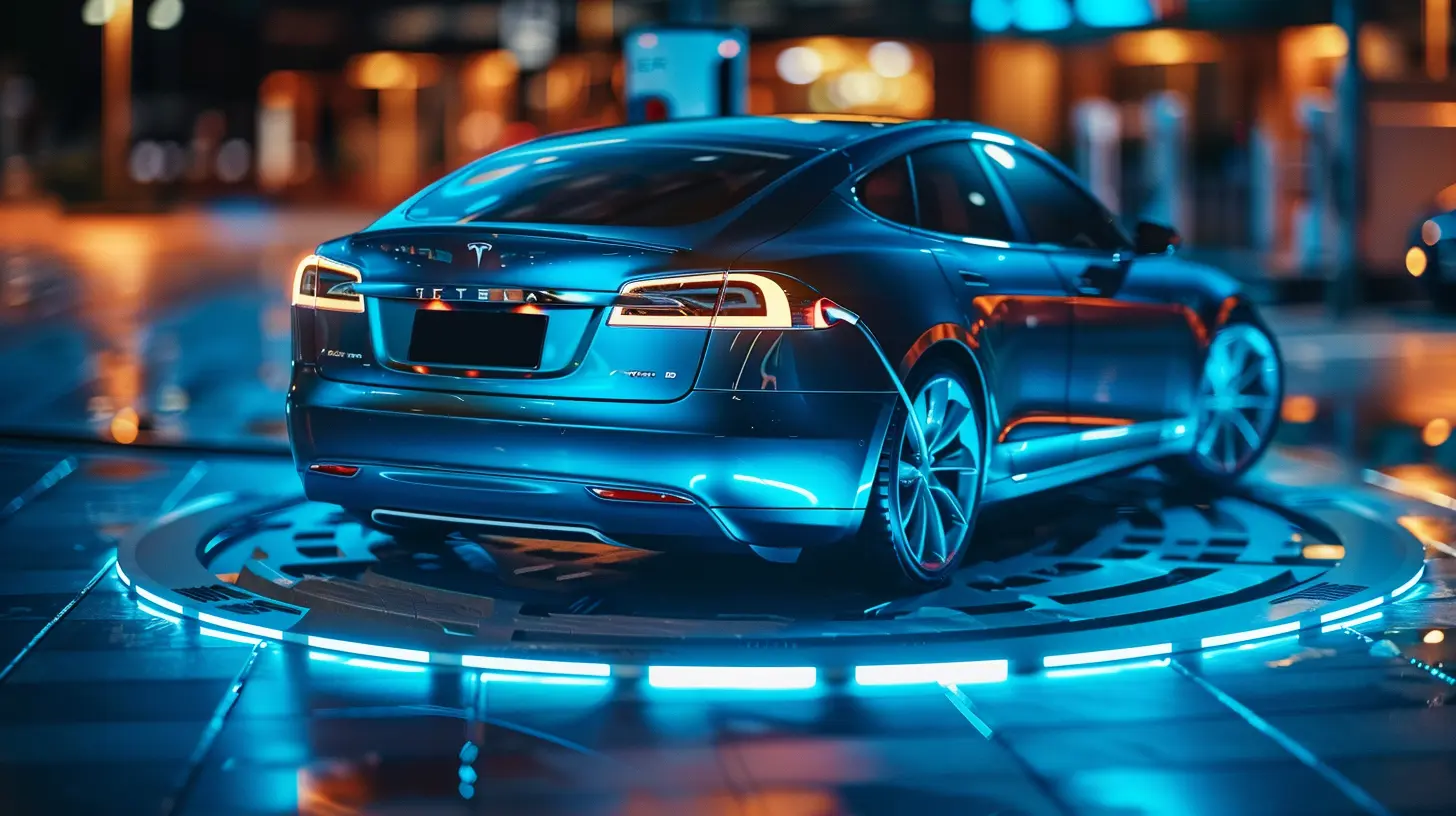
Challenges Facing Wireless Charging
Of course, as with any technology, wireless charging isn’t without its challenges. While it offers many benefits, there are still some hurdles that need to be overcome before it becomes the universal standard.1. Slower Charging Speeds
One of the main complaints about wireless charging is that it’s often slower than wired charging. While this gap has been narrowing in recent years, a wired connection typically delivers a faster charge, especially when it comes to devices that support fast-charging technologies.For those times when you need a quick boost of energy—like when your phone is about to die and you’re in a rush—wireless charging may not be the best option. However, as the technology continues to improve, we can expect this speed difference to decrease.
2. Limited Range
Currently, most wireless charging systems require your device to be in close proximity to the charging pad—usually within a few millimeters. This means that true "wireless" charging, where you can move freely around a room while your device charges, isn’t quite here yet.That said, advancements in resonant charging and radio frequency (RF) charging are already in the works, and these technologies could eventually allow for greater flexibility and range.
3. Compatibility Issues
While the Qi standard is widely adopted, not all devices are compatible with all wireless chargers. Some devices may require specific charging pads or accessories, which can be confusing for consumers. This is especially true for older gadgets that may not support wireless charging at all.4. Cost
Wireless charging pads and stations tend to be more expensive than traditional chargers. While prices have come down in recent years, the cost can still be prohibitive for some users, especially if they need multiple chargers for different devices.The Future of Wireless Charging
As exciting as wireless charging is today, we’re only scratching the surface of its potential. The future holds some truly groundbreaking possibilities that could reshape how we power our devices—and even our homes.1. Long-Range Wireless Charging
Imagine walking into your home or office, and your devices start charging automatically without you having to lift a finger. That’s the promise of long-range wireless charging. Companies like WiTricity and Energous are working on technologies that could allow devices to charge from several feet away, through the air.This could be a game-changer for everything from smartphones to laptops to electric vehicles. Instead of plugging in your EV, you could simply park it in your garage, and it would begin charging wirelessly.
2. Ubiquitous Charging Surfaces
In the future, we could see wireless charging technology integrated into everyday surfaces. Picture a world where your kitchen counters, car dashboards, and office desks are all capable of charging your devices. This would make wireless charging even more seamless and convenient.3. Smarter, More Efficient Charging
As wireless charging continues to evolve, we can expect it to become smarter and more efficient. In the future, chargers may be able to prioritize certain devices or adjust power levels based on the type of device being charged. This would not only save energy but also ensure that your devices are charged as quickly and safely as possible.
Conclusion
Wireless charging is more than just a convenient way to power up your gadgets—it’s a glimpse into the future of battery innovation. While there are still challenges to overcome, the potential benefits are enormous. From reducing clutter and wear-and-tear to the possibility of long-range, automatic charging, this technology is poised to change the way we think about powering our devices.As wireless charging continues to evolve, it’s exciting to imagine a world where cords and cables are a thing of the past. So, the next time you place your phone on a charging pad, remember—you’re not just charging your device. You’re taking part in the next frontier of battery innovation.
all images in this post were generated using AI tools
Category:
Battery TechnologyAuthor:

John Peterson
Discussion
rate this article
2 comments
Anastasia McDermott
Exciting times for tech enthusiasts!
September 28, 2025 at 11:13 AM

John Peterson
Absolutely! We're on the brink of transformative advancements in how we power our devices.
Bryson Ellison
Charge up your life—wirelessly! Exciting times ahead for innovation!
June 29, 2025 at 11:14 AM

John Peterson
Thank you! Exciting times indeed as wireless charging paves the way for a more convenient and innovative future in battery technology!

